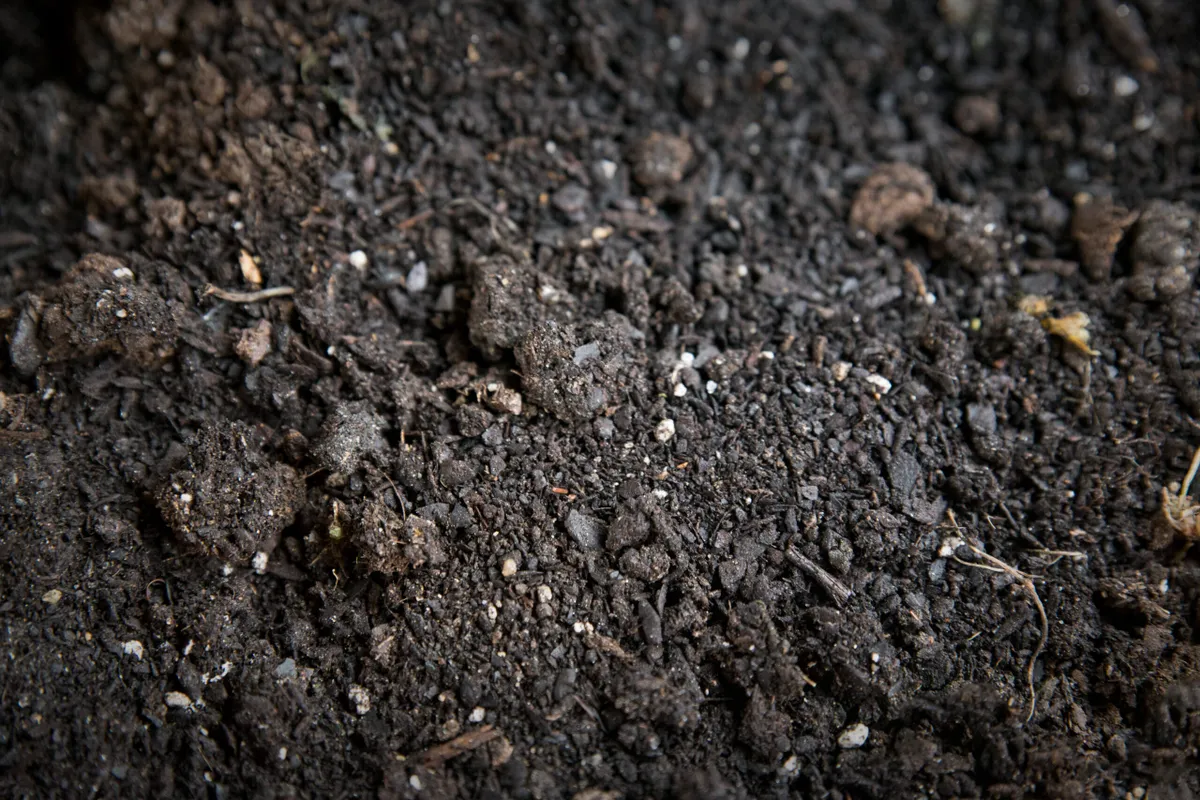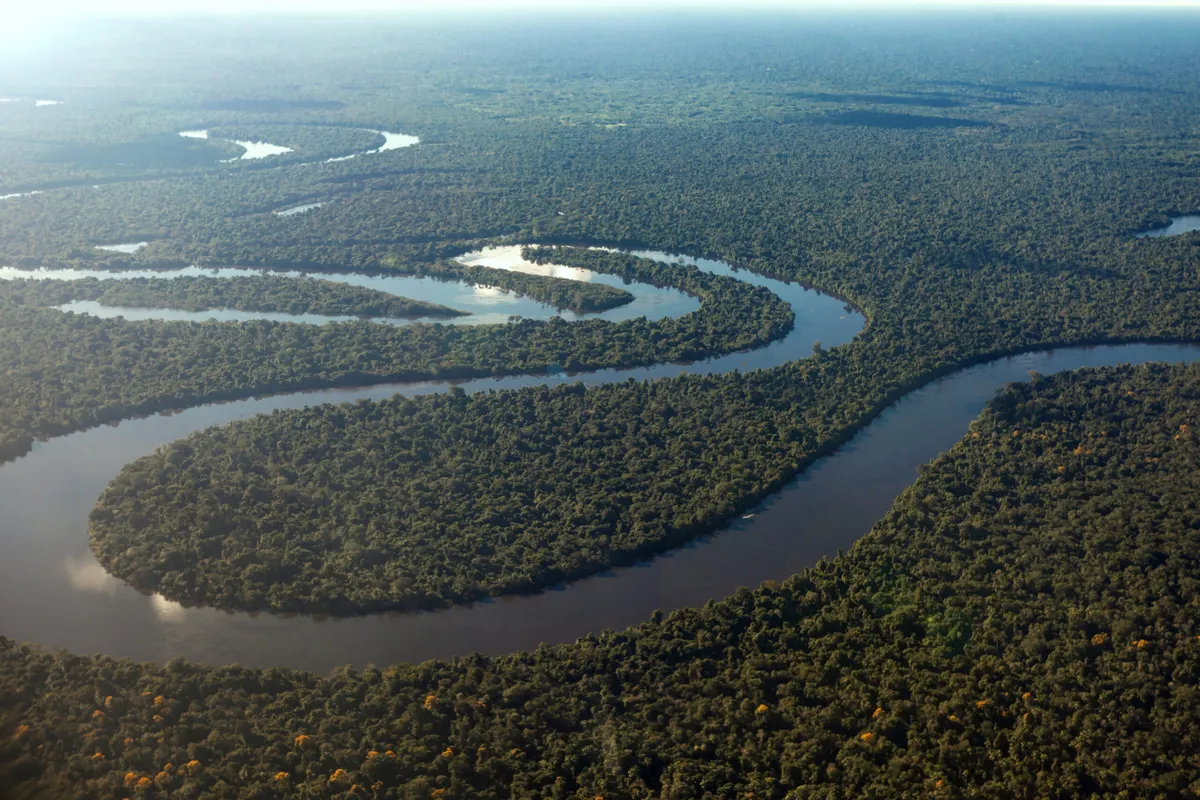Amazon rain forest soils are both highly acid and extremely infertile, so you can imagine that researchers were mystified when they first discovered small areas of unusually fertile soil. Compared to the normal pale soils, these fertile patches were also unusually dark, leading to the name terra preta (‘dark earth’). The dark colour is caused by charcoal, but there’s lots of other human rubbish in there too.
Two ideas about the areas of terra preta soon came to be widely accepted. First, that they were man-made, as Wikipedia makes clear: terra preta ‘was made by adding a mixture of charcoal, bones, broken pottery, compost and manure to the low fertility Amazonian soil’ and was ‘created by farming communities between 450 BCE and 950 CE.’ Second, that the high fertility is at least partly explained by the charcoal, which has since led to the marketing of a range of charcoal (or ‘biochar’) based soil and compost additives, claimed to improve everything from soil structure to water retention and aeration.

But what is terra preta and can you make it?
It’s all about the charcoal
That first idea – that terra preta is man-made – had never been properly tested until recently. But an international team of researchers has looked at one of the best-studied terra preta sites, at the Brazilian Agroforestry Research Station, and published their results in the journal Nature Communications. They began by taking a close look at the charcoal that gives the soil its black colour, and quickly discovered two very suspicious things about it.
It wasn’t, and in fact couldn’t have been, put there by humans
But the wrong kind of charcoal
In the first place, it’s far too old – carbon dating shows it to be thousands of years older than the earliest evidence of human activity and plant cultivation in the region. In other words, it wasn’t, and in fact couldn’t have been, put there by humans. The second problem is its isotopic composition. This is complicated, but briefly, the carbon could not have come from the local vegetation. Terra preta carbon shows the characteristic isotopic signature of the special kind of photosynthesis used by tropical grasses, which don’t grow naturally in the Amazon. Maize cultivation could account for this, but that can be ruled out by other archaeological evidence.
One explanation is that the soils, and the charcoal and nutrients in them, are alluvial, washed down after erosion
Nutrients from upstream
The simplest conclusion is that the charcoal not only pre-dates human activity, but also came from somewhere else. But where? Washed down from upstream looks most likely. Other evidence, including the sandy nature of terra preta soils (in contrast to the very clayey surrounding soils) and the trace elements in them, all points in the same direction. It’s also been noted that terra preta soils are all within about 10 km of major rivers, and usually linked to bluffs that would have arrested both floodwaters and the sediment in them. Supporters of their man-made origin assume this is because that’s where people lived, but a simpler explanation is that the soils, and the charcoal and nutrients in them, are alluvial, washed down after erosion linked to fires in grassy savannas upstream.

Too many nutrients
A final difficulty for the man-made hypothesis is the sheer fertility of terra preta: levels of important plant nutrients like phosphorus and calcium are several orders of magnitude greater than in normal Amazon soils. Some simple calculations show that this could only have been achieved by large human populations actively managing the soils continuously for thousands of years longer than the sites are known to have been occupied.
So it looks like terra preta is less exciting, and certainly less unusual, than we thought; after all, alluvial soils are noted for their high fertility the world over. Of course the archaeology doesn’t lie, and all that pottery, bone and other rubbish is certainly there, but the simplest explanation is that indigenous peoples recognised, preferentially settled and probably even maintained existing areas of high fertility – they just didn’t create them in the first place.
But most crucially, what all this shows is that terra preta owes its fertility, like all alluvial soils, to all that river-borne sand, silt and nutrients, rather than to the biochar, which was just washed down from upstream along with everything else. Which maybe helps to explain why it doesn’t seem to work miracles in the garden either.
Here's more on whether to buy biochar for your garden?




